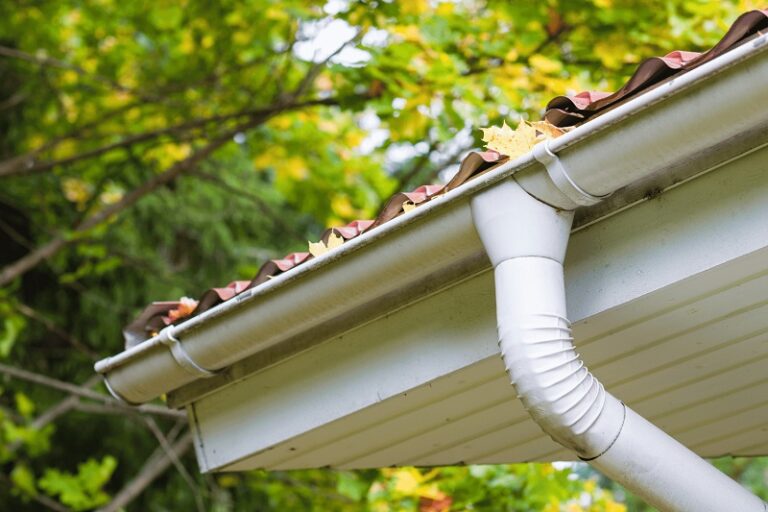
Welcome to our blog post on how to manage whitefly infestations in greenhouses! If you’re a greenhouse owner or operator, you know that pests can wreak havoc on your plants and disrupt the delicate ecosystem you’ve worked so hard to maintain. One such troublesome pest is the whitefly – a small, flying insect that can quickly multiply and cause significant damage if left unchecked.
In this article, we’ll delve into the life cycle of whiteflies, explore the signs and symptoms of an infestation, and provide you with effective strategies for managing these pesky critters. Whether you’re a seasoned greenhouse pro or just starting out, these tips will help keep your plants healthy and thriving. So, let’s roll up our sleeves and dive right in!
Understanding the Life Cycle of Whiteflies
To effectively manage whitefly infestations in your greenhouse, it’s important to have a good understanding of their life cycle. Whiteflies go through four distinct stages: eggs, nymphs, pupae, and adults.
The adult female whitefly lays her tiny, oval-shaped eggs on the undersides of leaves. These eggs are usually arranged in circular or semi-circular patterns. After a few days, the eggs hatch into nymphs, which resemble small, wingless versions of adults.
As the nymphs feed on plant sap using their sharp mouthparts, they excrete honeydew – a sticky substance that can attract ants and promote fungal growth. Eventually, after moulting several times over a period of weeks or months, depending on environmental conditions and species type – the nymphs enter the pupal stage, where they undergo metamorphosis before emerging as fully developed adult whiteflies.
Understanding this lifecycle will help you identify vulnerable stages for intervention and implement targeted control strategies to break their reproductive cycle. Now that we know more about how these pests develop from egg to adult form, let’s move onto recognizing signs and symptoms of an infestation in our next section
Signs and Symptoms of a Whitefly Infestation in Greenhouses
Whiteflies can wreak havoc on your greenhouse plants if left unnoticed. These tiny pests, measuring only about 1/16th of an inch long, are often difficult to spot individually. However, the signs and symptoms of a whitefly infestation in greenhouses are unmistakable.
One telltale sign of a whitefly infestation is the presence of sticky honeydew residue on the leaves and surrounding surfaces. This sticky substance is excreted by whiteflies as they feed on plant sap.
Another symptom to look out for is yellowing or wilting leaves. Whiteflies pierce into plant tissues with their mouthparts to extract nutrients, resulting in weakened foliage that may eventually die off if not treated promptly.
Keep an eye out for swarms of tiny insects flying around when you disturb your plants. Adult whiteflies have a distinctive appearance with wings that resemble powdery scales when at rest. These winged adults lay eggs underneath leaves or along leaf veins, adding to the population density within your greenhouse.
How to Manage Whitefly Infestations in Greenhouses?
In this guide, we have explored the life cycle of whiteflies and discussed the signs and symptoms of a whitefly infestation in greenhouses. Now, let’s delve into some effective strategies for managing these pesky insects.
- Identify the problem early on: Regularly monitor your greenhouse plants for any signs of whiteflies. This will allow you to catch an infestation at its early stages and take immediate action.
- Introduce natural enemies: One approach to managing whitefly populations is by introducing biological control agents such as ladybugs or parasitic wasps that feed on them. These beneficial insects can help keep the population under control without resorting to chemical methods.
- Implement physical barriers: Install fine mesh screens or netting around your greenhouse vents and doors to prevent adult whiteflies from entering. This simple measure can significantly reduce their access to your plants.
- Use sticky traps: Yellow sticky traps are highly effective in capturing adult whiteflies attracted to their colour. Place these traps near affected plants to trap flying adults, reducing their ability to reproduce.
- Prune affected leaves: If you spot clusters of eggs or nymphs on specific leaves or branches, carefully prune those parts and dispose of them properly away from your greenhouse area.
- Implement proper sanitation practices: Cleanliness is crucial when it comes to managing pests in a greenhouse environment. Remove all plant debris regularly and keep surfaces clean using mild soap solutions or horticultural oils specifically recommended for controlling whiteflies.
- Consider insecticidal soaps or oils: If natural predators alone cannot handle a severe infestation, consider using insecticidal soaps or oils specifically formulated for controlling whiteflies in greenhouses.
Be sure to follow instructions carefully regarding application rates and safety precautions.
Natural Methods for Controlling Whiteflies in Greenhouses
When it comes to managing whitefly infestations in greenhouses, there are several natural methods that can be highly effective. These methods not only help control the population of whiteflies but also promote a healthy and balanced ecosystem within the greenhouse. Let’s explore some of these natural solutions:
- Encourage Beneficial Insects: Introducing predatory insects such as ladybugs, lacewings, and parasitic wasps into your greenhouse can help keep whitefly populations under control. These beneficial insects feed on whiteflies and their eggs, providing a natural form of pest control.
- Install Sticky Traps: Yellow sticky traps attract adult whiteflies due to their attraction to bright colours. By placing these traps strategically throughout your greenhouse, you can catch adult flies before they have a chance to reproduce or spread further.
- Use Reflective Mulch: Whiteflies are known to be attracted to reflective surfaces like aluminium foil or silver mulch. By using this type of mulch around your plants, you can deter them from landing and laying eggs.
- Regularly Inspect Plants: Conducting regular inspections of your plants is crucial for early detection and prevention of infestations. Look out for signs such as yellowing leaves, honeydew residue (a sticky substance), or clusters of tiny white insects on the undersides of leaves.
- Control Humidity Levels: Whiteflies thrive in high-humidity environments; therefore, it is essential to maintain proper ventilation in your greenhouse by using fans or opening vents when necessary.
- Practice Good Sanitation Measures: Remove any heavily infested plants immediately and dispose of them properly away from other healthy vegetation.
Conclusion
Managing whitefly infestations in greenhouses can be a challenging task, but with the right strategies and techniques, it is possible to minimize their impact on your plants. By understanding the life cycle of whiteflies and being aware of the signs and symptoms of an infestation, you can take timely action to prevent their population from spiralling out of control.
We hope this article has provided you with valuable insights on how to manage whitefly infestations in greenhouses. By implementing these techniques and staying vigilant, you can keep your greenhouse free from these pesky pests and ensure the health and longevity of your plants. Thank you for reading, and happy gardening!




